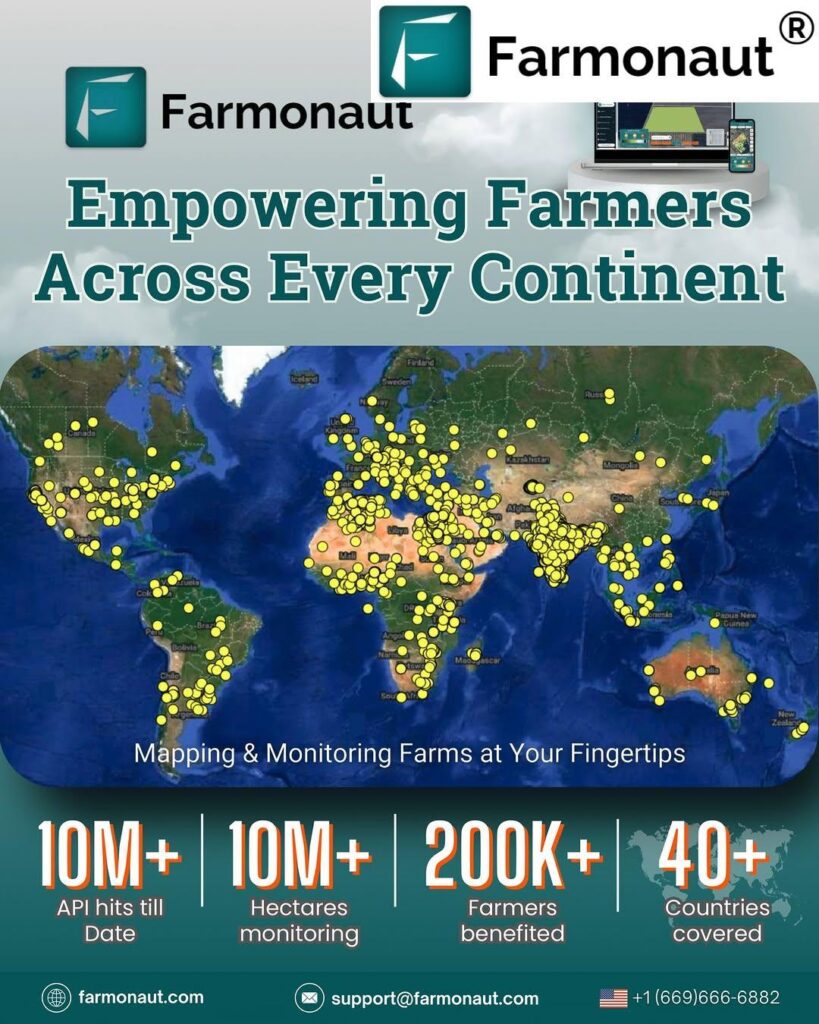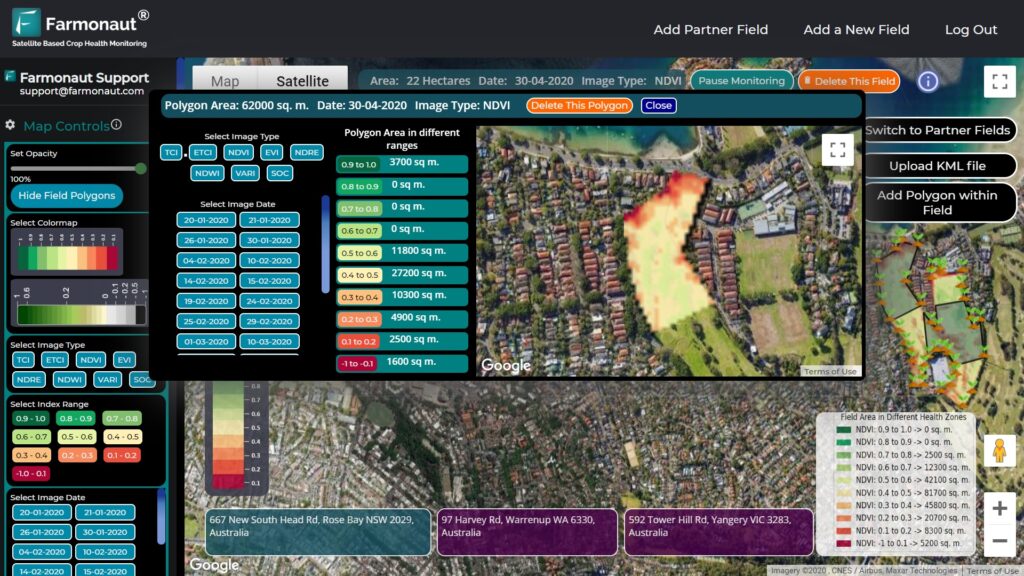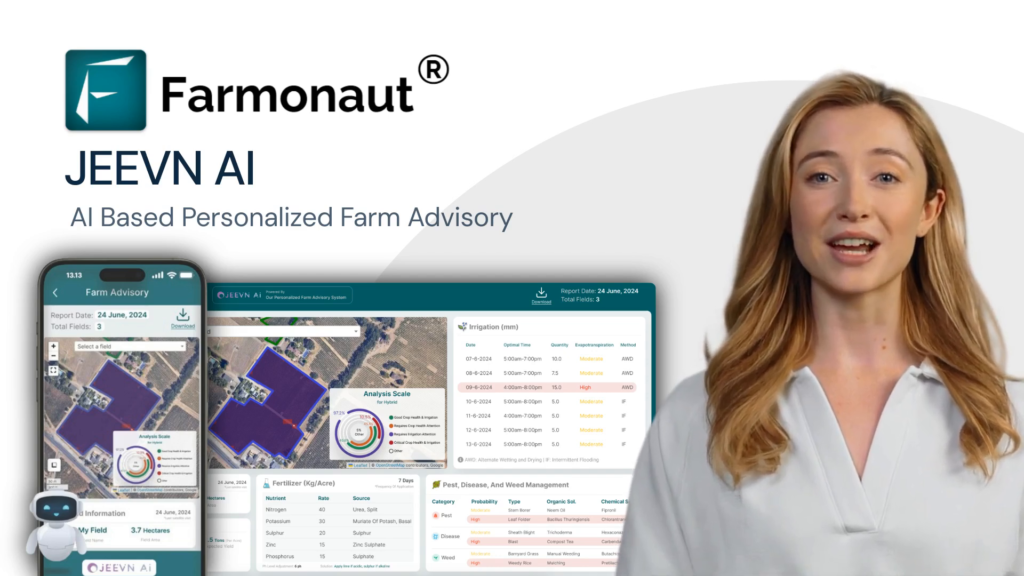Sustainable Agriculture in Georgia: How Immigration Policy Impacts Farm Labor and Local Economies
“Georgia’s agricultural sector employs over 100,000 immigrant workers, contributing billions to the state’s economy annually.”
In the heart of the American South, Georgia’s fertile lands have long been a cornerstone of the state’s economy and cultural identity. However, recent changes in immigration policy are reshaping the agricultural landscape, presenting both challenges and opportunities for farmers, workers, and local communities. As we delve into this complex issue, we’ll explore how immigration enforcement impacts farm labor, wage rates, and the sustainability of Georgia’s agricultural sector.
The Changing Face of Farm Labor in Georgia
Georgia’s agriculture has historically relied heavily on immigrant labor, both documented and undocumented. Recent policy shifts, particularly under the Trump administration, have significantly altered this dynamic. Let’s examine the key factors at play:
- Increased ICE deportations: Immigration and Customs Enforcement (ICE) activities have intensified, leading to more arrests and deportations of undocumented workers.
- H2A visa program changes: Modifications to the H2A temporary agricultural worker program have affected the influx of legal migrant workers.
- Labor shortages: Stricter immigration enforcement has contributed to farm labor shortages across the state.
These changes have sent ripples through Georgia’s agricultural communities, affecting everything from crop production to local economies.
[Image 1]
The H2A Visa Program: A Lifeline for Georgia’s Farms
The H2A visa program has become increasingly crucial for Georgia’s agricultural sector. This program allows U.S. employers to bring foreign nationals to the country to fill temporary agricultural jobs. Here’s what you need to know:
- Georgia is consistently among the top five states utilizing the H2A program.
- Approximately 60% of agricultural jobs in Georgia are filled by H2A workers.
- The program ensures a legal workforce for farmers while providing protections for foreign workers.
However, recent policy changes have made the H2A process more complex and costly for farmers. We’ve seen increased processing times and higher wage requirements, putting additional pressure on farm operations.
“H2A visa applications in Georgia have increased by 200% in the last decade due to stricter immigration policies.”
The Impact of Immigration Enforcement on Undocumented Farm Workers
While the H2A program provides a legal avenue for agricultural labor, many farms still rely on undocumented workers. The recent crackdown on illegal immigration has had significant consequences:
- Increased fear and uncertainty in immigrant communities
- Reduced availability of experienced farm workers
- Disruptions to farm operations and harvests
These factors have led to a complex situation where farmers struggle to find sufficient labor, and undocumented workers face heightened risks and reduced job security.
Economic Implications for Georgia’s Agricultural Sector
The changes in immigration policy and enforcement have far-reaching economic impacts on Georgia’s agricultural industry:
- Labor costs: Increased reliance on H2A workers has led to higher wage rates and administrative costs for farmers.
- Productivity: Labor shortages can result in unharvested crops and reduced agricultural output.
- Local economies: Rural communities dependent on agriculture may experience economic downturns as farm incomes fluctuate.
To illustrate these impacts, let’s examine a comparative table:
| Aspect | Before Policy Changes | After Policy Changes |
|---|---|---|
| Number of H2A visa workers (estimated) | 25,000 | 40,000 |
| Undocumented farm labor population (estimated) | 75,000 | 50,000 |
| Average farm worker wage rates | $11.50/hour | $16.98/hour |
| Labor shortage percentage | 5% | 15% |
| Agricultural output value | $13.7 billion | $12.8 billion |
| Local economic impact (in USD) | $74 billion | $69 billion |
| Access to healthcare for farm workers | Fair | Poor |
| Housing conditions for temporary workers | Fair | Fair |
| Visa processing time (in weeks) | 6-8 weeks | 10-12 weeks |
| Number of ICE deportations (estimated) | 5,000 | 8,000 |
As we can see, the changes have led to significant shifts in the agricultural labor landscape, affecting both the workforce composition and the economic output of the sector.
[YouTube Video: Satellite & AI Based Automated Tree Detection For Precise Counting and Location Mapping]
Challenges Faced by Immigrant Communities
The impact of stricter immigration policies extends beyond the fields, affecting entire communities:
- Access to healthcare: Fear of deportation has led many immigrants to avoid seeking medical care, even when necessary.
- Education: Children of immigrant farmworkers may experience disruptions in their schooling due to family relocations or deportations.
- Community integration: Increased enforcement has led to a sense of isolation and reduced participation in community activities.
Organizations like the Latino Community Fund of Georgia are working to provide resources and support to these vulnerable communities. However, the challenges remain significant.
The Role of Technology in Sustainable Agriculture
As the agricultural sector grapples with labor challenges, technology is playing an increasingly important role in ensuring sustainability and efficiency. Innovative solutions like those offered by Farmonaut are helping farmers optimize their operations:
- Satellite-based crop monitoring: Real-time data on crop health and soil conditions can help farmers make informed decisions, reducing the need for manual labor.
- AI-driven advisory systems: Personalized recommendations can improve crop yields and resource management.
- Blockchain-based traceability: Enhancing supply chain transparency and efficiency.
These technological advancements are not meant to replace human labor but to complement it, creating a more sustainable and resilient agricultural sector.
[Image 2]
Balancing Business Needs and Workers’ Rights
The challenges facing Georgia’s agricultural sector highlight the need for balanced policies that address both the needs of businesses and the rights of workers. Key considerations include:
- Fair wage rates: Ensuring that H2A workers receive competitive wages without overly burdening farmers.
- Safe working conditions: Improving oversight of housing and workplace safety for all farm workers.
- Streamlined visa processes: Reducing administrative burdens while maintaining necessary checks.
- Pathways to legal status: Exploring options for long-term agricultural workers to gain more stable legal status.
Finding this balance is crucial for the long-term sustainability of Georgia’s agricultural industry and the well-being of its workforce.
[YouTube Video: Farmonaut | How to Compare images]
The Future of Farm Labor in Georgia
As we look to the future, several trends and potential developments are worth considering:
- Mechanization and automation: Increased use of technology may reduce reliance on manual labor for certain tasks.
- Crop diversification: Farmers may shift to less labor-intensive crops to mitigate workforce challenges.
- Policy evolution: Future administrations may implement new approaches to immigration and agricultural labor.
- Community-based initiatives: Local programs to train and retain agricultural workers could gain traction.
The resilience of Georgia’s agricultural sector will depend on its ability to adapt to these changing conditions while maintaining productivity and sustainability.
Conclusion: A Call for Sustainable Solutions
The complex interplay between immigration policy, farm labor, and local economies in Georgia underscores the need for thoughtful, sustainable solutions. As we’ve explored, the challenges are multifaceted, affecting not just farmers and workers, but entire communities and the state’s economic well-being.
Moving forward, a collaborative approach involving policymakers, farmers, workers’ rights advocates, and technology providers will be crucial. By leveraging innovative technologies, implementing fair labor practices, and crafting balanced policies, Georgia can work towards a more sustainable and equitable agricultural future.
We at Farmonaut are committed to supporting this transition by providing cutting-edge tools for farm management and resource optimization. Our satellite-based solutions and AI-driven insights can help farmers navigate these challenging times, improving efficiency and sustainability in the face of labor shortages and policy changes.
FAQ Section
Q: How has the H2A visa program changed in recent years?
A: The H2A program has seen increased application numbers, higher wage requirements, and longer processing times. These changes aim to balance labor needs with worker protections but have also increased costs for farmers.
Q: What impact do ICE deportations have on Georgia’s agricultural communities?
A: ICE deportations have led to labor shortages, increased fear in immigrant communities, and disruptions to farm operations. This has affected both undocumented workers and the broader agricultural economy.
Q: How are technological advancements helping address farm labor challenges?
A: Technologies like satellite monitoring, AI-driven advisory systems, and blockchain-based traceability are helping farmers optimize their operations, potentially reducing labor needs and improving efficiency.
Q: What are the main challenges faced by immigrant farm workers in Georgia?
A: Key challenges include fear of deportation, limited access to healthcare, unstable employment conditions, and difficulties in community integration due to stricter immigration enforcement.
Q: How can Georgia’s agricultural sector achieve a balance between business needs and workers’ rights?
A: Achieving balance requires fair wage policies, improved working conditions, streamlined visa processes, and potential pathways to legal status for long-term agricultural workers. Collaboration between stakeholders is crucial for developing effective solutions.
Earn With Farmonaut: Affiliate Program
Earn 20% recurring commission with Farmonaut’s affiliate program by sharing your promo code and helping farmers save 10%. Onboard 10 Elite farmers monthly to earn a minimum of $148,000 annually—start now and grow your income!
[YouTube Video: Farmonaut | 90-95% Accuracy in Organic Carbon Data From Farmonaut]
For more information on how Farmonaut can support sustainable agriculture in Georgia and beyond, visit our website or explore our mobile apps:
For developers interested in integrating our technology, check out our API and API Developer Docs.
[YouTube Video: The Role of Artificial Intelligence in Agriculture – Farmonaut | Agritecture | Joyce Hunter]
As we continue to navigate the complex landscape of immigration policy and agricultural labor in Georgia, it’s clear that innovative solutions and collaborative efforts will be key to ensuring a sustainable future for the state’s farming communities. By embracing technology, advocating for fair policies, and supporting immigrant workers, we can work towards a more resilient and equitable agricultural sector in Georgia and beyond.












